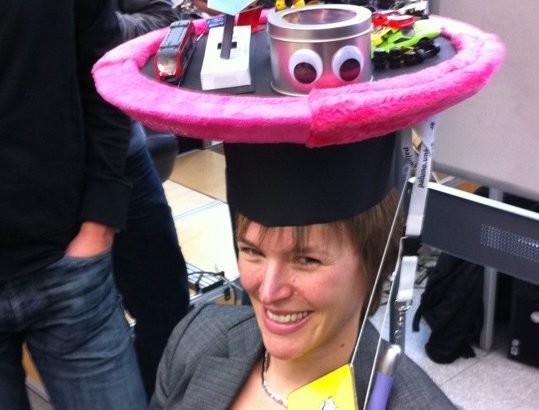In the Germany the drug store chain Schlecker announced to be insolvent, see the Reuter news post. If you look at the company’s Facebook page and scan the comments from the last 4 weeks it is apparent that some people in the crowd and employees expected it already last year.
Schlecker is a large drug store chain with probably over 10.000 outlets in Europe and more than 30.000 employees.
The following screen shots show some selected examples I took from the following page: http://www.facebook.com/schlecker.drogerie
The posts are in German – the minimal summary should give you some idea…
This one the company wishes a happy Christmas and reminds people of a chance to win a car. The first replies echo the holiday greetings but then one complains that they let their shops bleed out (run empty) and that the order good do not arrive (probably posted by an employee). One further speculates that the company is close to bankruptcy. (over 3 weeks before the official note of insolvency)
The company announces a 2 euro discount on a product. Then employees post that they would like to sell the goods to the customers but that they do not get the goods for their shops. Additionally they complain that the goods they get from other closed down shows are not what they need. One says we want to work but we cat (as they are running out of stock). (over 2 weeks before the official note of insolvency)
The company announces price reductions in some goods. Some says that is great – but would be much better if these goods would be in the shops to buy them. (9 days before the official note of insolvency)
Overall I think this is an instructive real world example of the information that can be found in social networks about the health/value of companies. In particular the mix of customers and employees posting makes it a good example to study. I would expect that companies will learn lessons from this with regard to guidelines for the employees… and about transparency / openness…to understand how reliable such posts are we probably need to do some more research? let us know if you are interested in working this with us.




